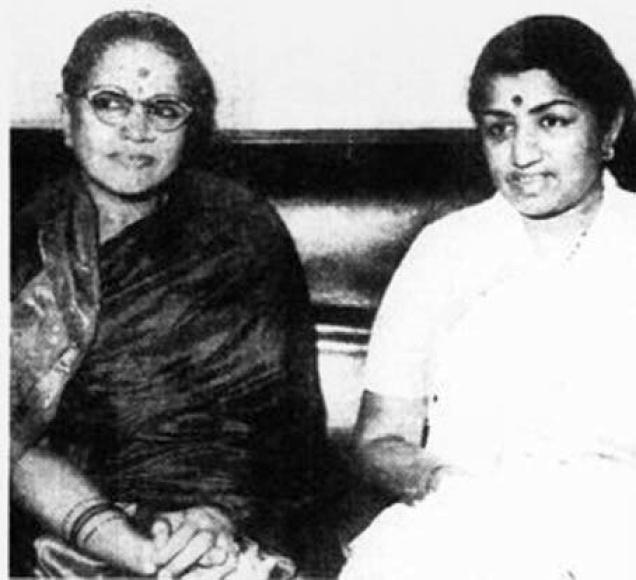
Few remember that Lata Mangeshkar’s debut in Tamil was as early as in 1956
Last week, veteran playback singer Lata Mangeshkar celebrated her 85 birthday, and accolades poured in from everywhere.
Lata was all of 13 when she took to professional singing and it was not long before she took the Bombay film industry by storm. So much so that, according to a report in The Hindu dated August 11, 1951, it was nothing but ‘Mangesh Music’ that ruled — “on screen, on the radio, and in street corners by enthusiastic urchins”.
Though most Illayaraja fans will credit the ‘Maestro’ for bringing the magical voice to Tamil films in the 1980s, few will remember that Lata’s debut in Tamil was as early as in 1956. With the film Vana Ratham, ardent fans in this part of the country got an opportunity to listen to the legend croon a couple of songs in their native tongue. This was, in many ways, her Tamil debut.
The film, a dubbed version of the Hindi original Udan Khatola starring Dilip Kumar, Nimmi, Suryakumari, and Agha, was directed by S.U. Sunny and produced by Naushad Ali, who was also the music composer.
The film itself was remembered for its visual flamboyance and touching music. While in Hindi it was Shakeel Badayuni who penned the lyrics, in Tamil, Kambadasan, adept at writing for dubbed movies, was roped in to do the same. Set to the same tunes, songs such as En ullam vittu odaathe, Enthan Kannalan, and Ennai Kande Selvai that were sung by Lata for the actress Nimmi became huge hits.
More than the film itself, it was its music that got noticed.
Despite making a promising start in the Tamil film industry, it took the singer a little over two decades to make a comeback.
It was between 1987 and 1988 that she finally returned with two back to back renditions —Aaraaro Aaraaro and Valai Osai, both set to Ilayaraja’s tunes — in the films Anand and Sathya, respectively.
Lata was not unaware of the popular music being produced in this part of the country.
In an interview with reporter ‘Partha’ of The Hindu in 1951, she said she was a big fan of K.B Sundarambal and never missed any of M.S. Subbulakshmi’s concerts in Bombay. If she had any regrets, she said, it was her lack of training in Carnatic music. “I really want to learn it, but hardly find the time.”
source: http://www.thehindu.com / The Hindu / Home> News> Cities> Chennai / Nitya Menon / Chennai – October 05th, 2014